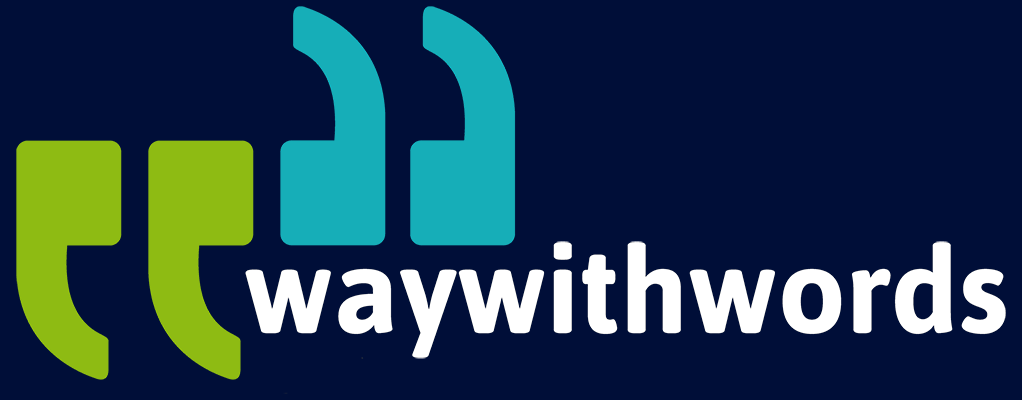What Role Do Native Speakers Play in Speech Dataset Creation?
Why the Inclusion of Native Speakers is Essential
Authenticity is everything. Whether you’re developing an AI voice assistant, building a corpus for language research, or training machine learning models to understand low-resource languages using speaker tagging, one factor stands above all others: the involvement of native speakers.
Without native speakers, speech datasets risk becoming hollow shells—technically complete but linguistically impoverished. The accuracy, fluency, and cultural nuances embedded in native speech are not easily replicated. As a result, speech data initiatives that exclude native voices often fail to reach the necessary level of precision or realism.
This article explores the critical role native speakers play in speech dataset creation and why their inclusion is not simply preferable but essential. We also examine how to recruit, incentivise, and empower native contributors in a way that respects local communities and linguistic diversity.
Why Native Speakers Are Essential
When developing a speech corpus, involving native speakers is not just a good idea—it’s foundational. Their contributions ensure:
- Authentic pronunciation and intonation: Native speakers bring a natural flow and rhythm to their speech, accurately reflecting real-world usage that AI systems must learn to interpret.
- Use of idiomatic expressions: Only native speakers consistently and confidently use colloquialisms, proverbs, or idioms that are often missed or mistranslated by non-native contributors.
- Cultural and contextual accuracy: Speech is deeply tied to social and cultural norms. Native speakers understand when, how, and why particular phrases are used in context.
Take, for example, a voice assistant trained on English. A speaker raised in the UK will likely use “boot” for the back of a car, while an American might say “trunk.” These differences are minor in text but critical in speech recognition, especially for regional applications.
Moreover, tonal languages such as Yoruba, Zulu, or Thai rely heavily on pitch to distinguish meaning. A non-native speaker—even one who has studied the language extensively—can easily mispronounce words in ways that completely alter their meaning.
For low-resource languages, the situation is even more sensitive. These languages are often orally transmitted, with few standardised references. Native speakers carry the weight of linguistic preservation, making their involvement essential to accurately capturing endangered vocabularies, tone systems, and oral traditions.
In short, native speaker speech data ensures that your dataset isn’t just grammatically correct, but linguistically alive.

Recruiting and Incentivising Native Participants
Building a high-quality, authentic voice dataset starts with ethical recruitment and thoughtful incentivisation of native speakers. Given the growing demand for diverse speech data, especially in underrepresented languages, successful projects must prioritise community engagement and fairness.
Ethical sourcing means more than getting consent—it involves clear communication about:
- How the data will be used
- Who owns the recordings
- Whether contributors can withdraw at any time
- How anonymity and privacy will be protected
To gain community trust, recruitment should be locally grounded. Working through community leaders, cultural liaisons, or language councils can establish credibility. In rural areas, local NGOs or schools may help identify eligible participants, especially in regions with limited access to digital tools.
Transparent compensation is also key. Payment should reflect the effort required—not just the length of the recording. For example:
- Are participants expected to repeat long phrases?
- Will they be asked to record multiple accents or tonal shifts?
- Are special skills (such as singing, storytelling, or regional dialects) required?
Monetary incentives are standard, but so are non-financial rewards. In some communities, free mobile data, local airtime, food vouchers, or educational tools may hold more value than cash alone.
Community engagement goes beyond recruitment. Informing participants about the outcomes of the project (e.g., creating voice apps for the visually impaired or supporting mother-tongue learning tools) fosters a sense of purpose and inclusion. This is especially important in Indigenous or post-colonial contexts, where communities may be wary of outside data collection initiatives due to historical exploitation.
A successful native speaker recruitment strategy blends ethical clarity with respectful and relevant motivation.
Ensuring Dialect and Register Accuracy
Capturing a language is never just about recording words. It’s about capturing how people use language—across regions, social classes, age groups, and everyday situations. This means accounting for dialects and registers.
A well-balanced dataset includes:
- Regional variation: A language like Arabic is a classic case. Egyptian Arabic, Gulf Arabic, and Levantine Arabic differ significantly. The same is true for isiXhosa spoken in the Eastern Cape versus the Western Cape in South Africa.
- Age and gender diversity: Speech patterns change across generations. Including youth slang, older speech forms, and gender-based conversational styles adds realism.
- Formality registers: Speech used in formal interviews differs from that used at a market or among friends. Both are valuable in training context-aware systems.
To ensure native fluency and dialectal diversity:
- Ask contributors for demographic and linguistic background details, including hometown, education, and language exposure.
- Conduct a short verification call or test recording to confirm fluency.
- Create location-based quotas to ensure underrepresented dialects are included.
In multilingual countries, this becomes even more complex. South Africa, for example, has 11 official languages, each with several dialects. Care must be taken to represent the full spectrum, especially in projects aimed at national services (e.g., healthcare voicebots or public transport information systems).
Language registers are also important in natural language processing (NLP). For instance, in mother tongue audio collection for education, children’s speech will differ in pace, vocabulary, and structure from adult speech. If ignored, your AI model might misinterpret classroom interactions or fail in age-specific applications.
Authentic voice datasets depend on detailed planning and quality control at the dialect and register level—not just at the language level.

Training Native Speakers as Annotators
While native speakers are vital as contributors, their role should not stop there. They can also become annotators, validators, and even project leads.
Annotation, transcription, and quality assurance (QA) require a deep understanding of not just what is being said, but how and why it is said. Native annotators can:
- Transcribe idiomatic expressions correctly
- Tag emotional tone or speaker intent more accurately
- Flag cultural inappropriateness or subtle errors
Training native speakers as annotators has several benefits:
- Improved accuracy: Native annotators catch errors that machine or non-native annotators often miss.
- Empowerment: Providing jobs and digital skills training to local speakers boosts regional development and digital literacy.
- Data integrity: Native QA reviewers help ensure the dataset aligns with its intended goals and audience.
Best practices for training include:
- Creating a clear annotation guideline, preferably in the target language
- Providing demo recordings with annotation examples
- Running pilot tasks with feedback loops
- Offering certification or training milestones
Digital tools like ELAN, Praat, or bespoke annotation platforms can be adapted for local contexts, including translation into the native language interface when needed.
Involving native speakers across the full data lifecycle—from collection to QA—makes your project more robust, inclusive, and accurate. It also shifts the dynamic from extraction to co-creation, where communities help shape the future of voice technology in their own language.
Risks of Relying on Non-Native Contributors
While it may be tempting to use fluent non-native speakers, especially in high-demand projects or for underrepresented languages, doing so introduces several risks that can undermine the integrity of your dataset.
Mispronunciation is the most obvious issue. Even small deviations in pitch, stress, or articulation can:
- Confuse AI models
- Lead to misclassification in speech recognition
- Reduce accuracy in downstream tasks like sentiment analysis or translation
Loss of nuance is another risk. Non-native speakers often default to formal language or textbook phrases, omitting slang, idioms, or emotional nuance. This creates sterile data that lacks the organic feel of everyday speech.
For example, a non-native French speaker might avoid contractions like “j’sais pas” (instead of “je ne sais pas”), which are common in informal conversation but rarely found in instructional materials. Excluding such data makes voice systems sound robotic and limits their usability in real-world settings.
Culturally inappropriate translations are harder to detect but equally damaging. A non-native translator may misunderstand the context, leading to awkward or offensive phrasing. In multilingual AI systems, this can erode user trust or even spark backlash in sensitive regions.
Moreover, datasets built on non-native contributions can introduce systemic biases. If models are trained only on second-language speakers, they may struggle to understand native accents, idioms, or even basic conversational flow.
For instance, a health chatbot trained on non-native isiZulu may misunderstand critical patient responses, jeopardising care outcomes. In such cases, the cost of inauthentic data is not just technical—it’s human.
In short, if your goal is to build realistic, effective, and culturally attuned voice systems, relying on native speaker speech data is not just best practice—it’s non-negotiable.
Co-Creating the Future of Voice Data
The role of native speakers in speech dataset creation cannot be overstated. From recording the first utterance to reviewing final annotations, they infuse datasets with the richness, depth, and authenticity required for cutting-edge voice technology.
By treating native speakers as collaborators—not just sources—speech data builders can ensure that their datasets are inclusive, respectful, and truly representative. In doing so, they also contribute to the preservation and elevation of linguistic diversity in the digital age.
For those building speech corpora, managing community-led language initiatives, or developing next-gen AI models, native speaker participation is not just an operational decision—it’s a cultural commitment.
Resources and Links
Wikipedia – Native Language: Provides background on native language identity and acquisition.
Featured Transcription Solution – Way With Words: Speech Collection: Way With Words excels in real-time speech data processing, leveraging advanced technologies for immediate data analysis and response. Their solutions support critical applications across industries, ensuring real-time decision-making and operational efficiency.
